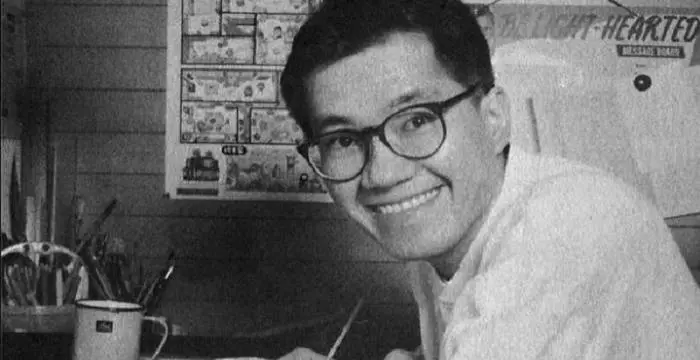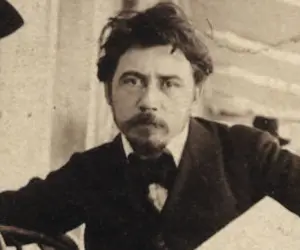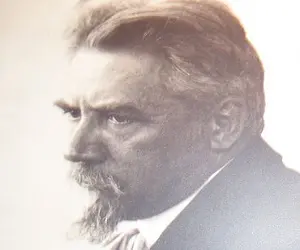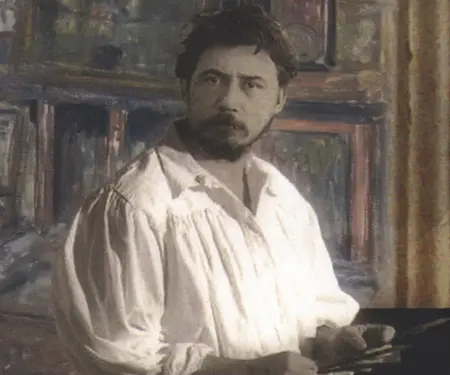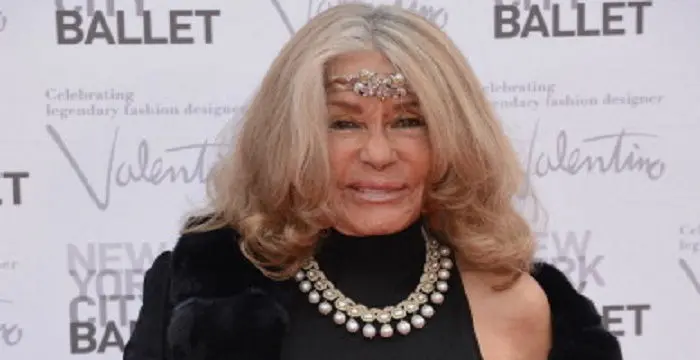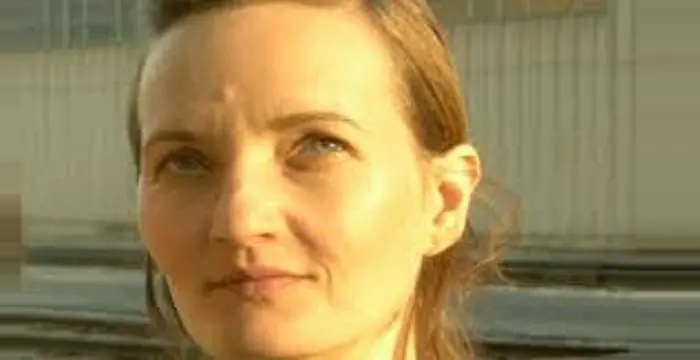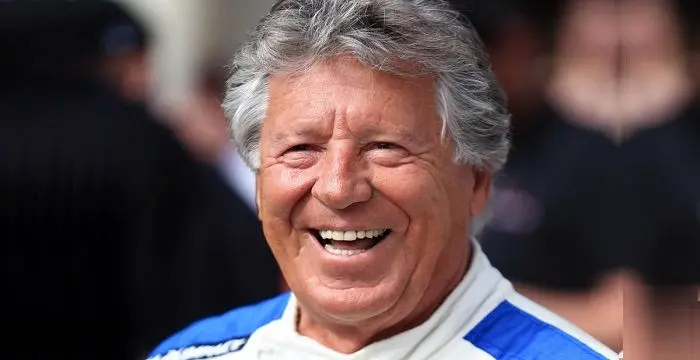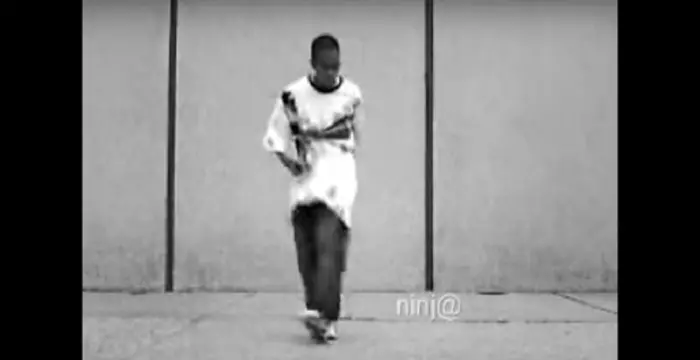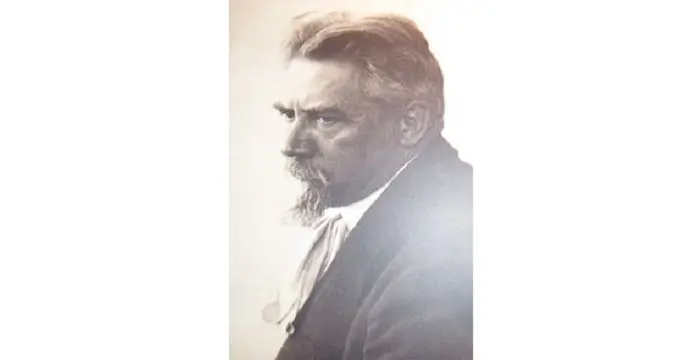
Emanuel Vidović - Artists, Life Achievements and Family
Emanuel Vidović's Personal Details
Emanuel Vidovic was a Croatian painter and graphic artist
| Information | Detail |
|---|---|
| Birthday | December 24, 1870 |
| Died on | June 1, 1953 |
| Nationality | Croatian |
| Famous | Artists & Painters, Artists |
| Birth Place | Split |
| Gender | Male |
| Sun Sign | Capricorn |
| Born in | Split |
| Famous as | Artist |
| Died at Age | 82 |
// Famous Artists
Susan Mikula
Susan Mikula is an American artist and photographer. Check out this biography to know about her childhood, family life, achievements and fun factsabout her life.
Akira Toriyama
Akira Toriyama is a Japanese manga artist. This biography profiles his childhood, family, personal life, achievements, etc.
Bob Ross
Bob Ross was a celebrated, creative American painter and an art instructor. Check out this biography to know about his birthday, childhood, family life, achievements and fun facts about him.
Emanuel Vidović's photo
Who is Emanuel Vidović?
Emanuel Vidovic was a Croatian painter and graphic artist. He painted iridescent landscapes composed of textures of crepuscular light and color of places like Venice, Split, and Milan which made their way into the world of art in Croatia and other European countries. A nineteenth-century artist, he experimented with different styles of the time, such as post-impressionist, art nouveau and expressionist to arrive at his own inimitable, modern style. He brought interiors of churches to his canvas and many of his early works are steeped in Slavic history. He was also a highly gifted graphic artist whose handcrafted satirical caricatures were published in books and publications in Croatia, depicting him as a man with a high degree of social awareness. He soared to eminence through his creative work and became the artistic pride of his native city of Split. He showcased his art in exhibitions in Croatia, Italy, Austria, London and Bulgaria.
// Famous Artists & Painters
Micheline Roquebrune
Micheline Roquebrune is a petite Moroccan-French painter best known as the third wife the legendary Scottish actor Sir Sean Connery. Check out this biography to know about her birthday, childhood, family life, achievements and fun facts about her.
Yvonne McGuinness
Yvonne McGuinness is an Irish multimedia artist. This biography profiles her childhood, family, personal life, career, etc.
Akira Toriyama
Akira Toriyama is a Japanese manga artist. This biography profiles his childhood, family, personal life, achievements, etc.
Childhood & Early Life
Emanuel Vidovic was born on December 24, 1870 in Split, to Ivan Vidovic and Paskva.
He was educated in a local elementary school, and later the Imperial Royal High School, with drawing being a major part of his curriculum.
Eager to study art, he initially took up architecture at the well-known Accademia di Belle Arti in Venice in 1887, and then transferred to painting soon, but disillusioned with the institution and techniques he was taught, he quit formal instruction within three years. He moved on independently, still searching and delving into his own skills. During this period, he drew landscapes of Venice to support himself.
In 1892, he began to work at the Famiglia Artistica in Milan, which was founded as part of the Scapigliatura movement by artists, writers, poets and painters. Its bohemian character defined the nature of the movement. It was there that Emanuel Vidovic began to refine and deepen his beautiful landscapes.
Career
Exhibiting his first set of works in Milan in 1894, he was inspired by the scenic views of the lagoons and canals of a fishing village called Chioggia, where he spent some time, painting the scenes upon his canvas. These works bore the character of symbolism and were filled with light and luminescence.
He returned to Split and introduced himself to the social circles of local artists and painters such as Josip Lalic and Ante Katunaric. After traveling to Chioggia to workon a few more paintings, he began work at his own studio in Split in 1898, and took up teaching art at the local high school.
He exhibited his works, along with Josip Lalic's, at the first exhibition in 1901 of the Literary Art Club, a newly established platform of modern art in Split.
He got the opportunity to exhibit his work as a solo artist in 1903 in the cities of Zagreb and Split. The quality of his art took him to art shows in London, Milan, Sofia and Vienna.
Dipping his fingers into the world of satire through art, he began to draw caricatures for a satirical paper Duje Balavac in 1908. Continuing in the field of teaching, he became a drawing professor at the School of Crafts in Split, the following year.
He resumed solo exhibitions following the First World War, first in Split, then in 1923 in Prague. As his style evolved, he also created paintings in different shades of pastels, of landscapes and interiors of buildings. A series of Trogir landscapes emerged in later years, showing characteristics that were distinct from the symbolism of his Chioggia landscapes, earning acclaim from critics and art enthusiasts.
His paintings of interiors began to transform into three-dimensional art, adding great depth to his works in the period from 1938 to 1942. His contribution to Croatian art made him a highly respected figure and he was invited to renowned art festivals in Europe. It earned him the membership of the Yugoslav Academy of Arts and Sciences..
Major Works
The subject of lagoons and canals was fascinating to Vidovic and he began his first paintings to create his vision in Giudecca, a picturesque island in northern Italy. In 1898, he used dusk lighting and bright colors to paint his Giudecca, a work incorporating the techniques of divisionism, or the use of dots and individual strokes representing Neo-impressionisism. His paintings of Chioggia were also works of the same period.
The towns of Trogir and Split in Croatia were the subjects in many of his stunning landscapes. His noteworthy collections were entitled "Little World", "In the Lagoon" and "Ships", created around 1900.
In his later years, he began painting more still life, using a darker palette for the background, filling with lighter and brighter shades to create his interiors. A lyrical quality ran through most of his work, such as the "Split Cathedral" from 1939.
Awards & Achievements
In 1908, he founded the Medulic Society, along with his friend, Ivan Mestrovic and a group of Dalmation artists, which articulated its political message through art, using elements of poetry and heroic legends of the south Slavic traditions in their creations.
Personal Life & Legacy
He married Amalija Baffo, a resident of Chioggia, in 1898.
Emanuel Vidovic died on 1 June 1953 at Split, SFR Yugoslavia (today's Croatia).
Nearly a thousand of his paintings and drawings have been preserved in a Romanesque house in the heart of Split, Galerija Emanuel Vidovic.
Trivia
Emanuel Vidovic expressed his political views, supporting separation of Croatia from Austria-Hungary through his satirical caricatures.
// Famous Croatian peoples
Rudolf Steiner
Rudolf Steiner introduced groundbreaking ideas in realms of spirituality, art, education and agriculture. Check out this biography to know about his childhood, family life, achievements and other facts related to his life.
Mario Andretti
Mario Andretti is a retired American professional race car driver, who has won numerous racing titles and laurels. Read this biography to learn more about his childhood, life, achievements and timeline
Slavica Ecclestone
Slavica Ecclestone is a former model and ex-wife of the Formula One tycoon Bernie Ecclestone. Check out this biography to know about her childhood, family life, achievements and fun facts about her.
Emanuel Vidović biography timelines
- // 24th Dec 1870Emanuel Vidovic was born on December 24, 1870 in Split, to Ivan Vidovic and Paskva.
- // 1887Eager to study art, he initially took up architecture at the well-known Accademia di Belle Arti in Venice in 1887, and then transferred to painting soon, but disillusioned with the institution and techniques he was taught, he quit formal instruction within three years. He moved on independently, still searching and delving into his own skills. During this period, he drew landscapes of Venice to support himself.
- // 1892In 1892, he began to work at the Famiglia Artistica in Milan, which was founded as part of the Scapigliatura movement by artists, writers, poets and painters. Its bohemian character defined the nature of the movement. It was there that Emanuel Vidovic began to refine and deepen his beautiful landscapes.
- // 1894Exhibiting his first set of works in Milan in 1894, he was inspired by the scenic views of the lagoons and canals of a fishing village called Chioggia, where he spent some time, painting the scenes upon his canvas. These works bore the character of symbolism and were filled with light and luminescence.
- // 1898He returned to Split and introduced himself to the social circles of local artists and painters such as Josip Lalic and Ante Katunaric. After traveling to Chioggia to workon a few more paintings, he began work at his own studio in Split in 1898, and took up teaching art at the local high school.
- // 1898The subject of lagoons and canals was fascinating to Vidovic and he began his first paintings to create his vision in Giudecca, a picturesque island in northern Italy. In 1898, he used dusk lighting and bright colors to paint his Giudecca, a work incorporating the techniques of divisionism, or the use of dots and individual strokes representing Neo-impressionisism. His paintings of Chioggia were also works of the same period.
- // 1898He married Amalija Baffo, a resident of Chioggia, in 1898.
- // 1900The towns of Trogir and Split in Croatia were the subjects in many of his stunning landscapes. His noteworthy collections were entitled "Little World", "In the Lagoon" and "Ships", created around 1900.
- // 1901He exhibited his works, along with Josip Lalic's, at the first exhibition in 1901 of the Literary Art Club, a newly established platform of modern art in Split.
- // 1903He got the opportunity to exhibit his work as a solo artist in 1903 in the cities of Zagreb and Split. The quality of his art took him to art shows in London, Milan, Sofia and Vienna.
- // 1908Dipping his fingers into the world of satire through art, he began to draw caricatures for a satirical paper Duje Balavac in 1908. Continuing in the field of teaching, he became a drawing professor at the School of Crafts in Split, the following year.
- // 1908In 1908, he founded the Medulic Society, along with his friend, Ivan Mestrovic and a group of Dalmation artists, which articulated its political message through art, using elements of poetry and heroic legends of the south Slavic traditions in their creations.
- // 1923He resumed solo exhibitions following the First World War, first in Split, then in 1923 in Prague. As his style evolved, he also created paintings in different shades of pastels, of landscapes and interiors of buildings. A series of Trogir landscapes emerged in later years, showing characteristics that were distinct from the symbolism of his Chioggia landscapes, earning acclaim from critics and art enthusiasts.
- // 1938 To 1942His paintings of interiors began to transform into three-dimensional art, adding great depth to his works in the period from 1938 to 1942. His contribution to Croatian art made him a highly respected figure and he was invited to renowned art festivals in Europe. It earned him the membership of the Yugoslav Academy of Arts and Sciences..
- // 1939In his later years, he began painting more still life, using a darker palette for the background, filling with lighter and brighter shades to create his interiors. A lyrical quality ran through most of his work, such as the "Split Cathedral" from 1939.
- // 1st Jun 1953Emanuel Vidovic died on 1 June 1953 at Split, SFR Yugoslavia (today's Croatia).
// Famous Capricorn Celebrities peoples
Weston Koury
All about American social media star Weston Koury, including his age, family life, girlfriends, birthday, and some fun facts.
Elin Nordegren
Elin Nordegren is the ex-wife of Tiger Woods. Check out this biography to know about her childhood, family life, achievements and fun facts about her life.
ItsJustNick
ItsJustNick is a Canadian YouTube star & social media personality. Let’s take a look at his family and personal life including age, date of birth, net worth, girlfriends, and fun facts.
Rudan Custodio
Check out all that you wanted to know about Rudan Custodio, the famous American YouTube Personality; his birthday, his family and personal life, his girlfriends, fun trivia facts and more.
Zahara Jolie-Pitt
Zahara Jolie-Pitt is the adopted daughter of former celebrity couple Angelina Jolie and Brad Pitt. Check out this biography to know about her childhood, family life and fun facts about her.
Adam Dahlberg
Check out all that you wanted to know about Adam Dahlberg, the famous YouTuber and gamer; his birthday, his family and personal life, his wife, fun trivia facts and more.
Emanuel Vidović's FAQ
What is Emanuel Vidović birthday?
Emanuel Vidović was born at 1870-12-24
When was Emanuel Vidović died?
Emanuel Vidović was died at 1953-06-01
Where was Emanuel Vidović died?
Emanuel Vidović was died in Split
Which age was Emanuel Vidović died?
Emanuel Vidović was died at age 82
Where is Emanuel Vidović's birth place?
Emanuel Vidović was born in Split
What is Emanuel Vidović nationalities?
Emanuel Vidović's nationalities is Croatian
What is Emanuel Vidović's sun sign?
Emanuel Vidović is Capricorn
How famous is Emanuel Vidović?
Emanuel Vidović is famouse as Artist

